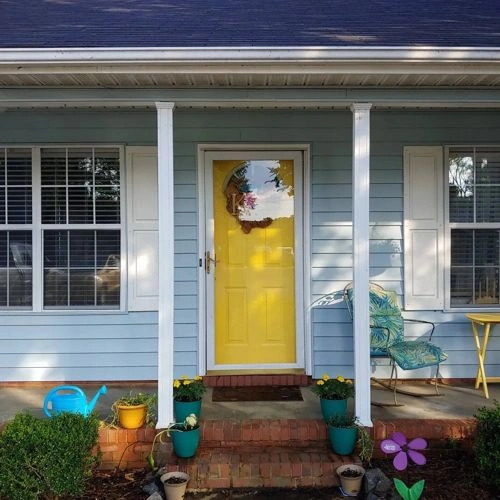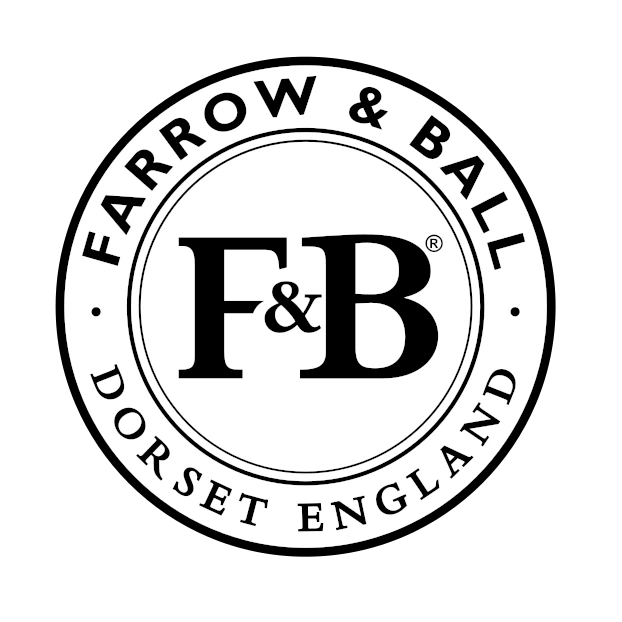Benjamin Moore Happily Ever After 173
| Official page: | Happily Ever After 173 |
| Code: | 173 |
| Name: | Happily Ever After |
| Brand: | Benjamin Moore |
What color is Benjamin Moore Happily Ever After?
Benjamin Moore 173 Happily Ever After is a soft and serene hue that brings a sense of tranquility to any space. This color pairs beautifully with earthy tones like Benjamin Moore 2123-40 Storm Cloud Gray and Benjamin Moore HC-170 Stonington Gray for a cohesive and calming look. When combined with accents of Benjamin Moore 2122-40 Smokestack Gray and Benjamin Moore HC-173 Edgecomb Gray, it creates a harmonious palette that exudes sophistication and elegance. Incorporating Benjamin Moore 173 Happily Ever After into your decor will effortlessly elevate the ambiance of your room, creating a tranquil and inviting atmosphere that you'll love coming home to.
Try before you buy
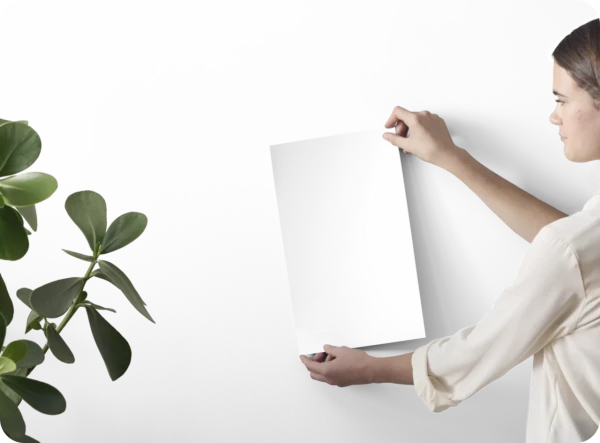

100% accurate
reusable paint samples

Peel, stick,
and repeat

Twice painted
with real paint

Next day
delivery
What are Benjamin Moore Happily Ever After undertones?
Happily Ever After has a clear red undertone based on its position in the color space. We identify undertones by isolating the pure hue (separating it from lightness and saturation), which avoids distortions caused by tints, tones, and shades.
This method is generally more reliable than judging undertones on a white background.
HEX value:
#FFC963
RGB code:
255, 201, 99
Is Benjamin Moore Happily Ever After 173 cool or warm?

At 39° on the HSL hue wheel, this Yellow sits firmly on the warm side.
173 Happily Ever After HSL code: 39, 100%, 69%
Hue - degree on a color wheel from 0 to 360. 0 is red, 120 is green, and 240 is blue.
Saturation is expressed as a percentage. At 0%, it appears as a shade of grey, and at 100%, it is in full color.
Lightness is also a percentage value. 0% is black, and 100% is white.
How light temperature affects Happily Ever After
Natural Lighting. During the day, natural light shifts from about 2000 K at sunrise/sunset to 5500–6500 K at noon.
In addition, natural‑light temperature depends on its direction:
| Direction of sunlight | Visible temp. | Hue | Duration |
|---|---|---|---|
| North | Cool | Bluish | All day |
| East | Warm | Yellow | Before noon |
| West | Warm | Orange‑red | After noon |
| South | Warm | Orange‑yellow | All day |
Artificial Lighting. When choosing bulbs, pay attention to their color‑temperature (Kelvins).
Use the slider to see how this Yellow shade looks under different lighting:
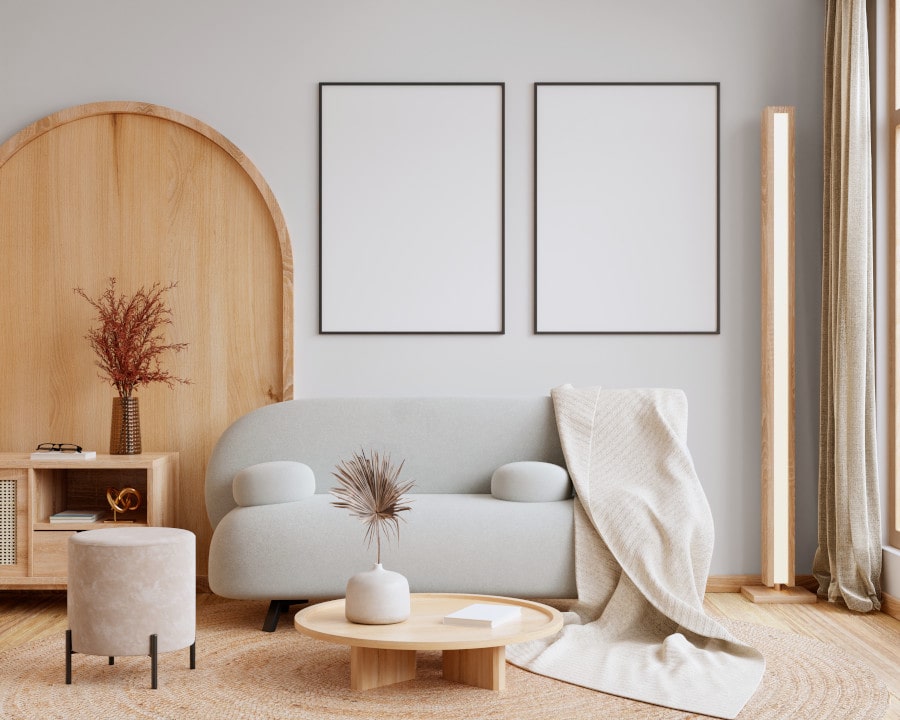
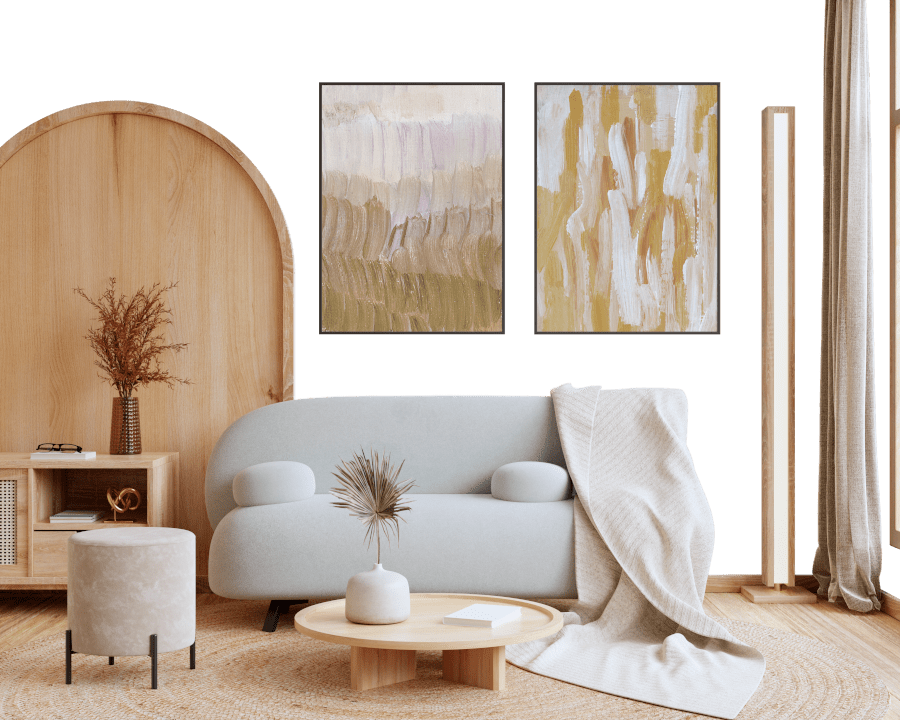
4000K
Coordinating colors.
Colors that go with Benjamin Moore Happily Ever After:
Monochromatic color scheme

This scheme consists of various shades, tints, and tones of a single color. While it offers a perfect combination of hues, without accent décor it may become monotonous.
Lighter shades
173
Happily Ever After
Darker shades
Complementary color scheme

This color scheme is a combination of two shades that are opposite each other on the color wheel. The high contrast between these colors creates a vibrant and dynamic visual effect. For the color Happily Ever After with a orange hue, complementary colors are those with a blue hue close to 219, such as Benjamin Moore Clearest Ocean Blue and Bayberry Blue.
LRV of Happily Ever After
Happily Ever After has an LRV of 60.18% and refers to Light colors that reflect most of the incident light. Why LRV is important?

Light Reflectance Value measures the amount of visible and usable light that reflects from a painted surface.
Simply put, the higher the LRV of a paint color, the brighter the room you will get.
The scale goes from 0% (absolute black, absorbing all light) to 100% (pure white, reflecting all light).
Act like a pro: When choosing paint with an LRV of 60.18%, pay attention to your bulbs' brightness. Light brightness is measured in lumens. The lower the paint's LRV, the higher lumen level you need. Every square foot of room needs at least 40 lumens. That means for a 200 ft2 living room you’ll need about 8000 lumens of light – e.g., eight 1000 lm bulbs.
Color codes
We have collected almost every possible color code you could ever need. To copy the code, just click the icon to the right of it.
| Format | Code | |
|---|---|---|
| HEX | #FFC963 | |
| RGB Decimal | 255, 201, 99 | |
| RGB Percent | 100.00%, 78.82%, 38.82% | |
| HSV | Hue: 39° Saturation: 61.18% Value: 100.0% | |
| HSL | hsl(39, 100, 69) | |
| CMYK | Cyan: 0.0 Magenta: 21.18 Yellow: 61.18 Key: 0.0 | |
| YIQ | Y: 205.518 I: 64.956 Q: -20.319 | |
| XYZ | X: 64.382 Y: 63.939 Z: 20.751 | |
| CIE Lab | L:83.934 a:8.366 b:57.204 | |
| CIE Luv | L:83.934 u:42.944 v:67.302 | |
| Decimal | 16763235 | |
| Hunter Lab | 79.962, 3.789, 40.586 |
Color equivalents
P260-6
Smiley Face
Behr
P270-5
Fuzzy Duckling
Behr
SW 6897
Sundance
Sherwin Williams
2018-40
Nacho Cheese
Benjamin Moore
P280-5
Little Sun Dress
Behr
314
Imperial Yellow
Benjamin Moore
172
Sunny Days
Benjamin Moore
2155-40
Semolina
Benjamin Moore
SW 6676
Butterfield
Sherwin Williams

SW 6682
June Day
Sherwin Williams
SW 9020
Rayo de Sol
Sherwin Williams
SW 6675
Afternoon
Sherwin Williams
PPU6-06
Honey Locust
Behr
313
Golden Groves
Benjamin Moore
SW 9019
Golden Plumeria
Sherwin Williams
307
Corn Husk
Benjamin Moore
SW 6689
Overjoy
Sherwin Williams
P260-5
Yellow Jubilee
Behr
